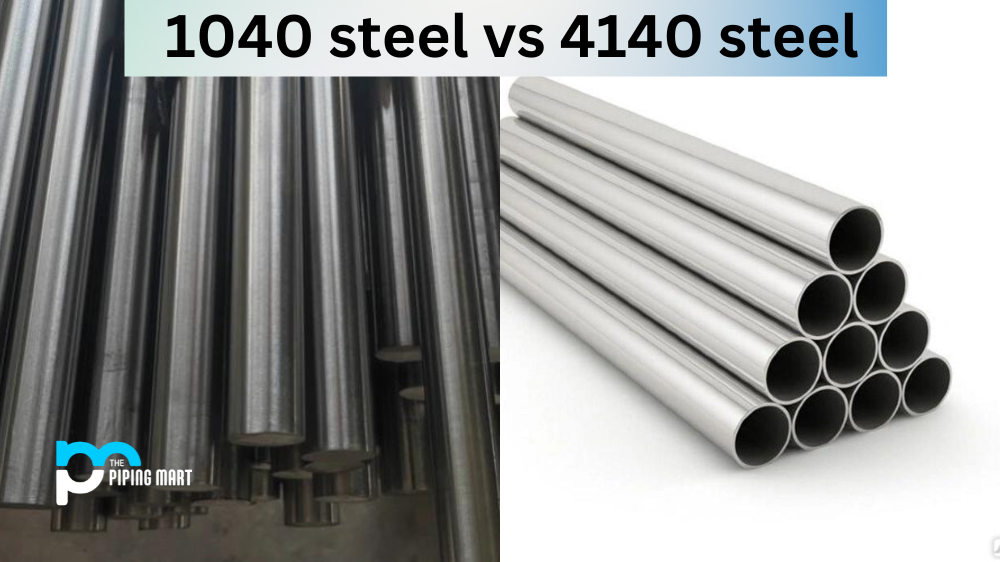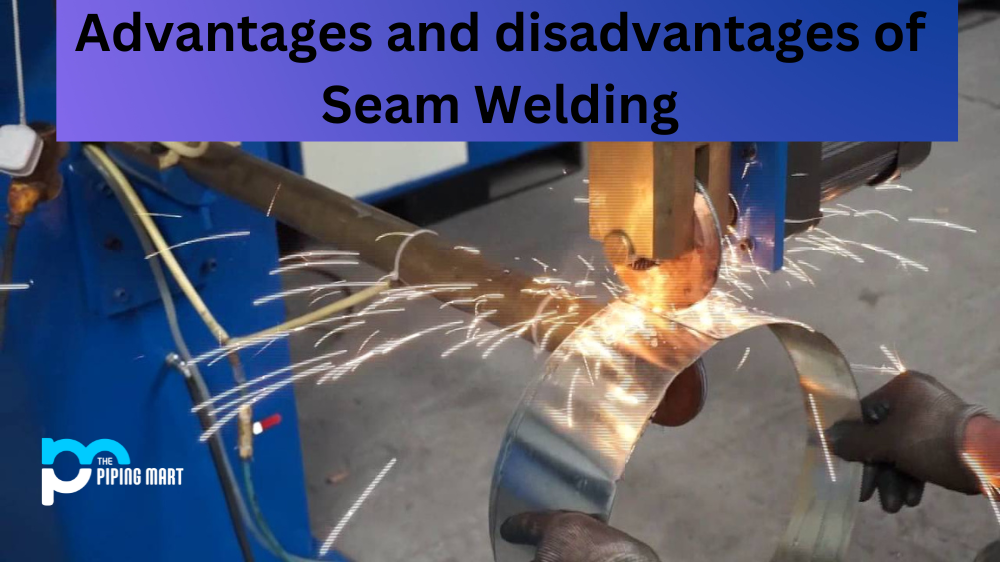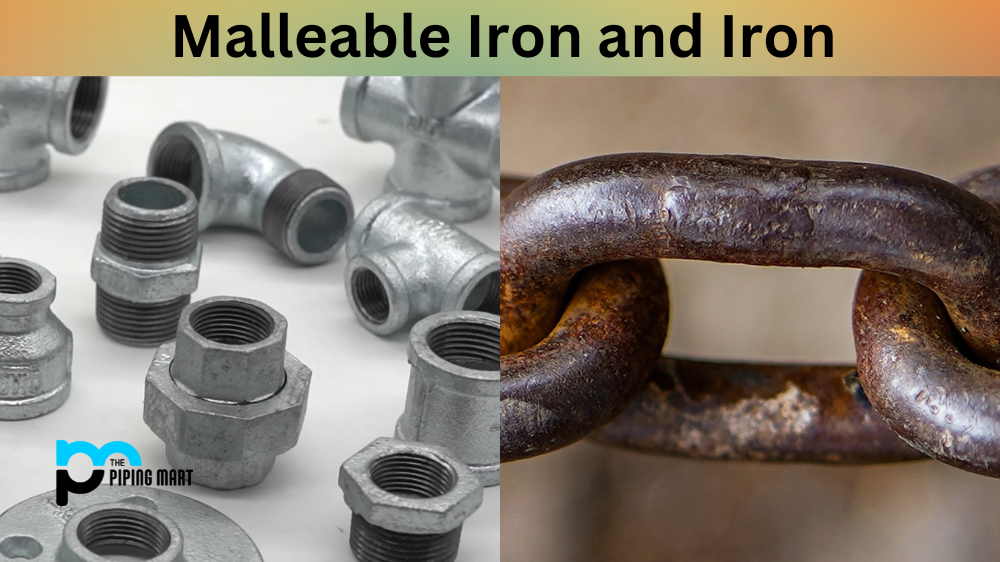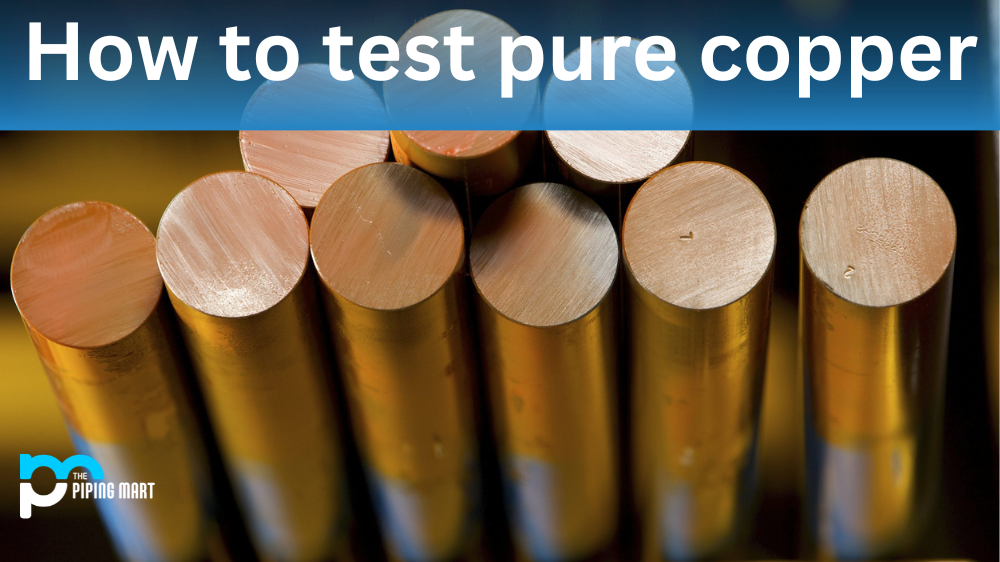Metallic materials have been an integral part of our lives since ancient times. From weapons to buildings, using metals has transformed how we live. Steel stands out among these metals due to its incredible strength and durability. However, not all types of steel are created equal. In this blog post, we will pit two types of steel against one another, 1040 and 4140, in the ultimate battle of steel. We will explore their properties, strengths, weaknesses, and, most importantly, which is best suited for your needs.
What is 1040 Steel?
1040 steel is a popular material in the manufacturing industry due to its durable nature. This type of steel is a widely used medium-carbon steel alloy that has a carbon content of 0.40%. It is known for its strength, toughness, and ability to be heat-treated. Due to its high carbon content, 1040 steel has excellent wear resistance and can be used in a variety of applications, such as making high-performance gears, axles, and machinery parts. It is common to see this type of steel in construction and automotive industries. With its wide range of applications, its no wonder 1040 steel is a favorite among engineers and manufacturers.
What is 4140 Steel?
4140 steel is a type of alloy steel that has a higher carbon content than other types of steel. This makes it one of the most durable and reliable materials available for use in a wide range of applications. From industries such as aerospace, automotive, and construction to manufacturing, this steel is widely used due to its excellent strength, toughness, and abrasion resistance. Additionally, it can be easily machined and is known for its ability to withstand high amounts of stress and pressure. All of these properties make 4140 steel a popular choice for many industries and a vital component in the creation of countless products.
Difference Between 1040 Steel and 4140 Steel
- 1040 steel is a low-carbon steel that has good machinability and weldability properties.
- 4140 steel is a high-carbon steel that has excellent strength and hardness properties.
- 1040 steel is typically used for parts that require moderate strength and wear resistance.
- 4140 steel is typically used for parts that require high strength and wear resistance.
- 1040 steel can be heat treated to increase its hardness, while 4140 steel can be heat treated to increase its strength and hardness.
Conclusion
In conclusion, there is no clear winner in the battle of the steels. Both 1040 and 4140 steel have their strengths and weaknesses; they are ideal for different applications. 1040 steel is more affordable, easier to machine, and suited for low-stress applications. Meanwhile, 4140 steel is more expensive and difficult to machine but is ideal for high-stress applications. Therefore, when selecting the appropriate steel, consider your application needs and the properties of each steel carefully.

Abhishek is a seasoned blogger and industry expert, sharing his insights and knowledge on various topics. With his research, Abhishek offers valuable insights and tips for professionals and enthusiasts. Follow him for expert advice on the latest trends and developments in the metal industry.




